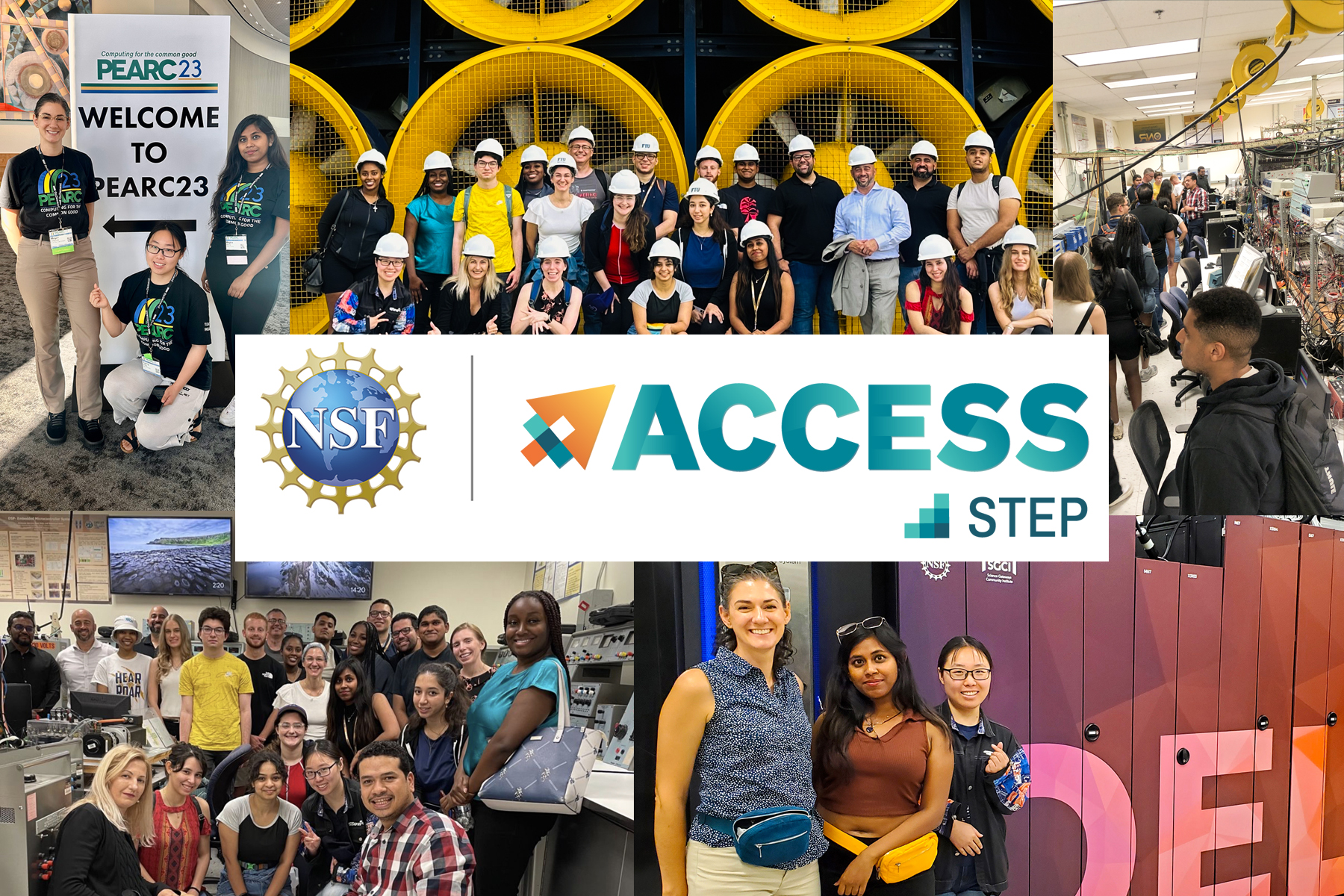Take Your Research Further with ACCESS Support’s MATCHPlus
Learn more about this innovative program and how it can help researchers overcome hurdles.

Learn more about this innovative program and how it can help researchers overcome hurdles.

Researchers from the UC San Diego School of Medicine use SDSC’s Expanse supercomputer to help better understand how preeclampsia affects women of different genetic backgrounds.

ACCESS allocations enhance efficiency in arctic remote sensing research.

US National Science Foundation ACCESS Resource Used to Further Reptile Virus Research.

If you’ve ever been interested in what it’s like to work in the world of cyberinfrastructure, now is your chance to apply.

Several ACCESS Resource Providers join an NSF-led collaboration on an expansive effort to strengthen responsible AI development and research through a new pilot project.

Welcome the new leadership duo recently elected to the RP Forum.

Researchers at Columbia University use ACCESS resource Anvil from Purdue’s Rosen Center for Advanced Computing to help predict the extremely local weather of your neighborhood.

REU interns spent time embedded with the ACCESS Metrics Team. We spoke with them about their experience.

UMass Lowell and Virginia Tech team uses Expanse for clean energy project.